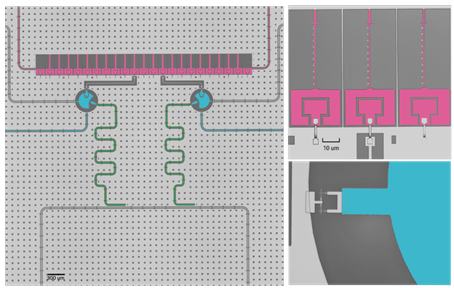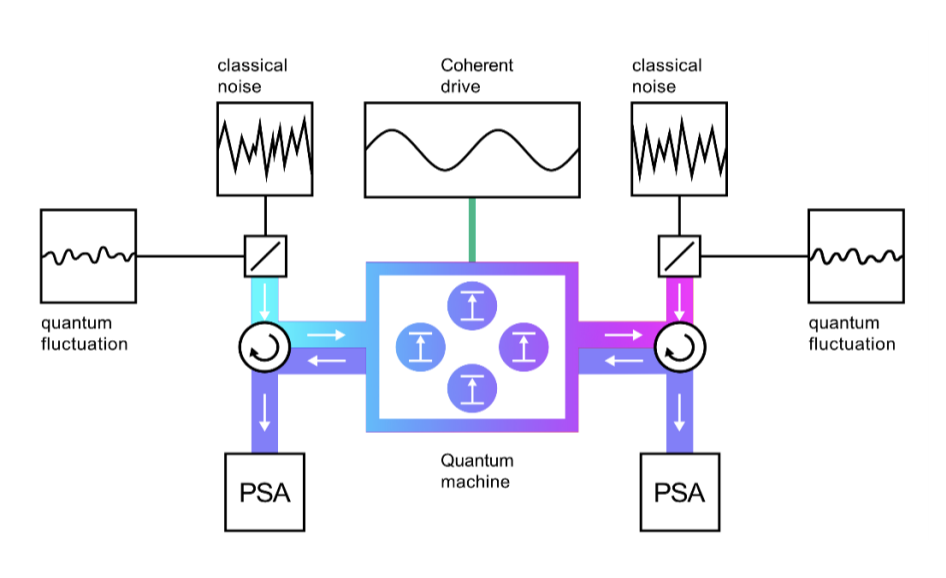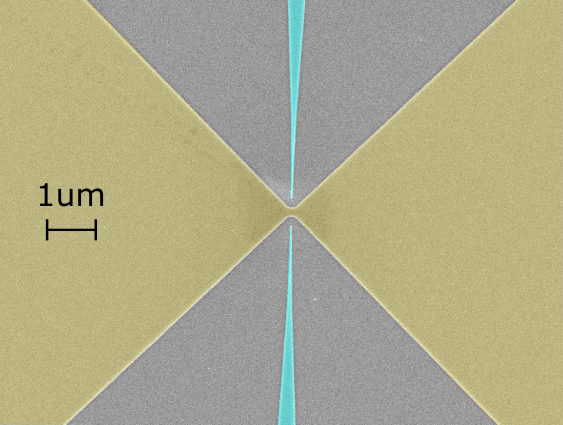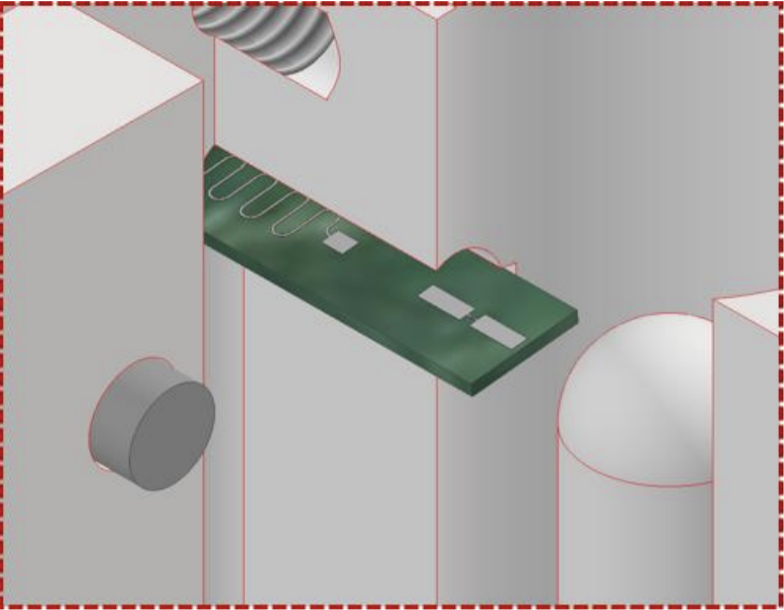Engineered light-matter interactions in slow-light waveguides

Circuit quantum electrodynamics (QED) is a very promising platform to simulate a quantum many-body Hamiltonian. In fact, many experimental results have already demonstrated how simple chemical processes can be studied with this approach. However, long-range interaction is a missing ingredient in the standard circuit QED toolbox. When a quantum emitter is coupled to a waveguide with an engineered dispersion relation, it becomes dressed with an exponentially decaying photonic cloud, emerging as an atom-photon bound state. The interaction of two atom- photon bound states not only goes beyond the simple nearest-neighbor (short) interaction but is intrinsically tunable by tuning the localization length of the photonic cloud. We realize this physics with a waveguide made of lumped-elements and explore new coupling regimes and geometry.
Related publications
Dynamical excitation control and multimode emission of an atom-photon bound state
Claudia Castillo-Moreno, Kazi Rafsanjani Amin, Ingrid Strandberg, Mikael Kervinen, Amr Osman, Simone Gasparinetti
Physical Review Letters 134, 133601 (2025)
Digital homodyne and heterodyne detection for stationary bosonic modes
Ingrid Strandberg, Axel Martin Eriksson, Baptiste Royer, Mikael Kervinen, Simone Gasparinetti
Physical Review Letters 133, 063601 (2024)
Photons go one way or another
Simone Gasparinetti
Nature Physics 19, 310 (2023)
Experimental realization of deterministic and selective photon addition in a bosonic mode assisted by an ancillary qubit
Marina Kudra, Martin Jirlow, Mikael Kervinen, Axel M. Eriksson, Fernando Quijandría, Per Delsing, Tahereh Abad, Simone Gasparinetti
arXiv:2212.12079 (2022)
Engineering symmetry-selective couplings of a superconducting artificial molecule to microwave waveguides
Mohammed Ali Aamir, Claudia Castillo Moreno, Simon Sundelin, Janka Biznárová, Marco Scigliuzzo, Kowshik Erappaji Patel, Amr Osman, D. P. Lozano, Simone Gasparinetti
Physical Review Letters 129, 123604 (2022)
Controlling Atom-Photon Bound States in an Array of Josephson-Junction Resonators
Marco Scigliuzzo, Giuseppe Calajò, Francesco Ciccarello, Daniel Perez Lozano, Andreas Bengtsson, Pasquale Scarlino, Andreas Wallraff, Darrick Chang, Per Delsing, Simone Gasparinetti
Physical Review X 12, 031036 (2022)
Propagating Wigner-negative states generated from the steady-state emission of a superconducting qubit
Yong Lu, Ingrid Strandberg, Fernando Quijandría, Göran Johansson, Simone Gasparinetti, Per Delsing
Physical Review Letters 126, 253602 (2021)
Characterizing decoherence rates of a superconducting qubit by direct microwave scattering
Yong Lu, Andreas Bengtsson, Jonathan J. Burnett, Emely Wiegand, Baladitya Suri, Philip Krantz, Anita Fadavi Roudsari, Anton Frisk Kockum, Simone Gasparinetti, Göran Johansson, Per Delsing
npj Quantum Information 7, 35 (2021)
Parity Detection of Propagating Microwave Fields
Jean-Claude Besse, Simone Gasparinetti, Michele C. Collodo, Theo Walter, Ants Remm, Jonas Krause, Christopher Eichler, Andreas Wallraff
Physical Review X 10, 011046 (2020)





